The Mazda MX-30 crossover has a new powertrain that marks the company's first use of a rotary engine since the demise of the RX-8 sports coupé in 2012, bolstering the new model’s range and desirability.
Revealed at the Brussels motor show and labelled by the Japanese carmaker as a “unique series plug-in hybrid”, the MX-30 R-EV partners a 17.8KWh battery with a 830cc petrol rotary engine and an electric motor, producing a total power output of 167bhp and 191lb ft.
The innovative, brand new 830cc rotary engine acts as a generator for the battery, while the electric motor sends power to the wheels.
Combined, the model’s 50-litre fuel tank and battery offer a driving range of over 400 miles, with emissions of 21g/km - a big range increase over the 130 miles provided by the current, EV-only model, which has a 35.5kWh battery.
The MX-30 R-EV can travel up to 53 miles on pure electric per charge, Mazda says, which ranks ahead of much larger plug-in hybrids, such as the Suzuki Across, the Toyota RAV4 and the Mercedes-Benz A-Class 250e.
It can charge in around 90 minutes using a 7.2kWh charger, 50 minutes on an 11kW unit or 25 minutes with a 36kWh charger.
Four specification levels are available at launch: Prime-Line, Exclusive-Line, Makoto and the range-topping Edition R, which is limited to 400 units. Orders are open now and deliveries are set to begin in the summer.
Prices start from £31,250 - matching the all-electric MX-30 - for entry-level models, rising to £37,950 for the flagship Edition R.
Edition R cars gain a unique metallic Maroon Rouge exterior paint colour, a unique key fob, R-branded floor mats and headrest and bespoke interior stitching to celebrate the revival of the firm’s trademark rotary engine.
Why Mazda reintroduced a rotary powertrain
Mazda says a rotary engine was introduced for the MX-30 because of its impressive power-to-size ratio. Measuring 840mm wide, the engine features a rotor that's just 76mm wide with a 120mm radius.
Speaking to Autocar at the Brussels motor show, Mazda claimed the powertrain can help drivers slash emissions by as much as 25%.
Yoshiaki Noguchi, assistant manager of Mazda’s powertrain development division, suggested economy was still the “number one challenge with rotary”.
“There are three big challenges with rotary. The economy is number one. At the same time, you need to make it lighter to improve the range. Then improve reliability,” Noguchi said. CO2 output was also an “issue”, but the firm says following countless calculations and improvements, it resolved the issue.
It’s also 15kg lighter than the Renesis engine from the Mazda RX-8 and uses direct fuel injection and an exhaust gas recirculation (EGR) system to improve efficiency and cut emissions.
“For economy, we have used direction injection for the first time. The RX-8 was port injected. The combustion chamber is constantly changing with rotary, and to make the mixture right is very difficult. We have improved this and as a result we can improve fuel consumption.”
Reliability has been bolstered, Noguchi said, because of improved compression ratios and adjusted seals.
“For reliability, we increased the compression ratio to 11.9. This is a very high number for rotary that is generally lower,” Noguchi told Autocar.
“We have changed the thickness of the apex seal, which also makes it more reliable. For reliability, this makes a big contribution. In addition, we have a new coating on the apex seal."
Mazda UK chief Jeremy Thomson said: “With the option to choose either the pure-electric MX-30 or the new R-EV version depending on their needs, our customers now have even more choice.
“It’s the latest example of how Mazda’s multi-solution approach ensures we have cars to suit all our customer’s needs by improving environmental performance with a combination of electrification and clever internal combustion engine technologies.”

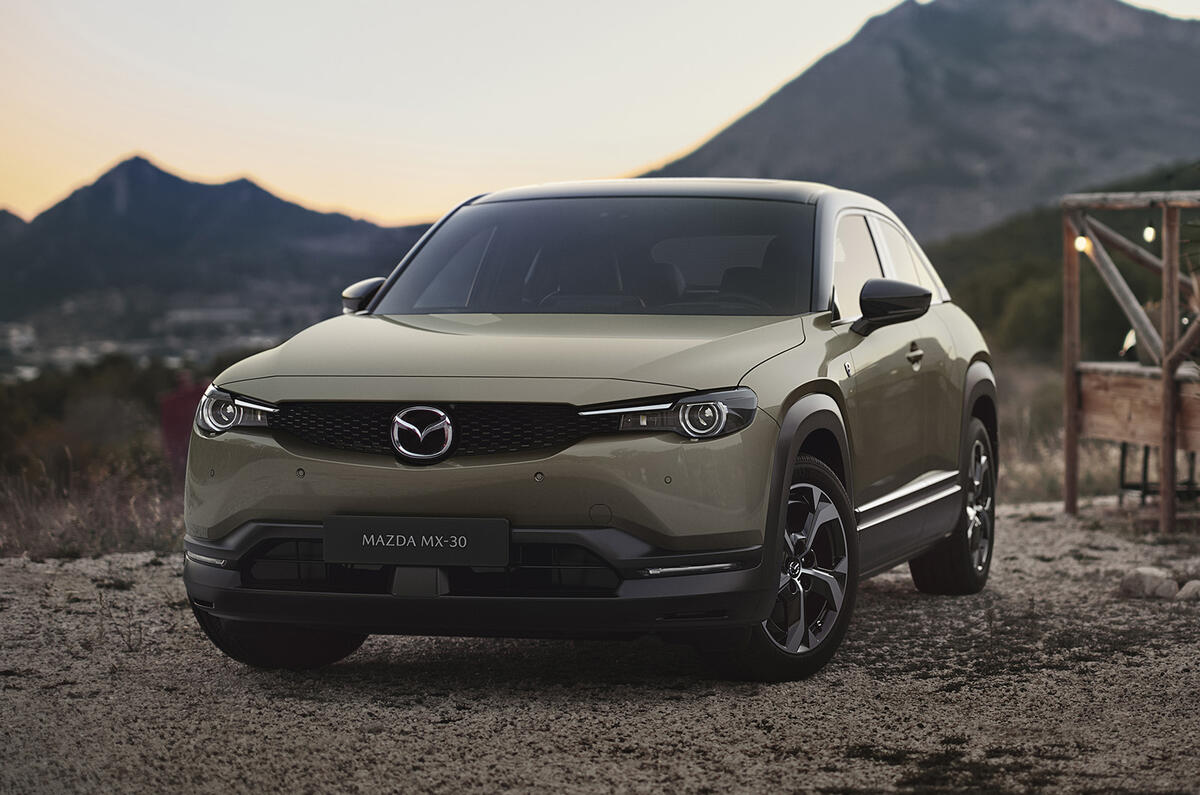

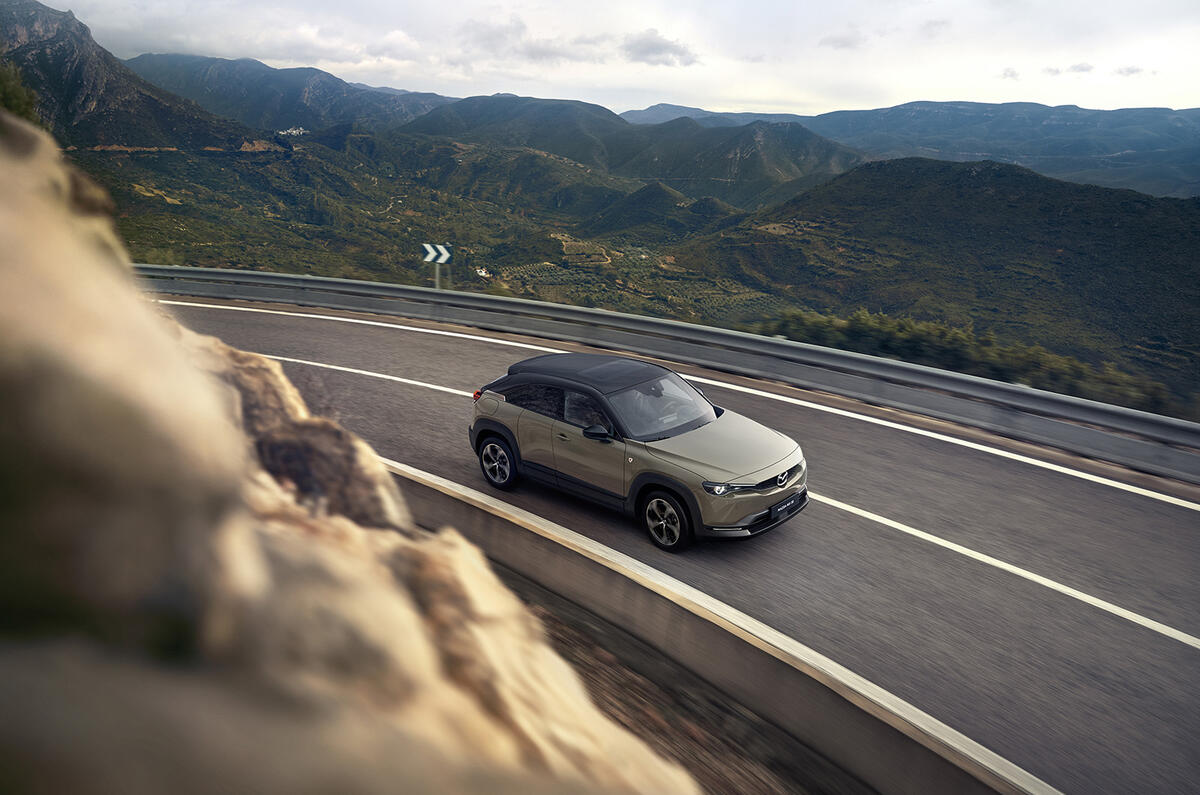
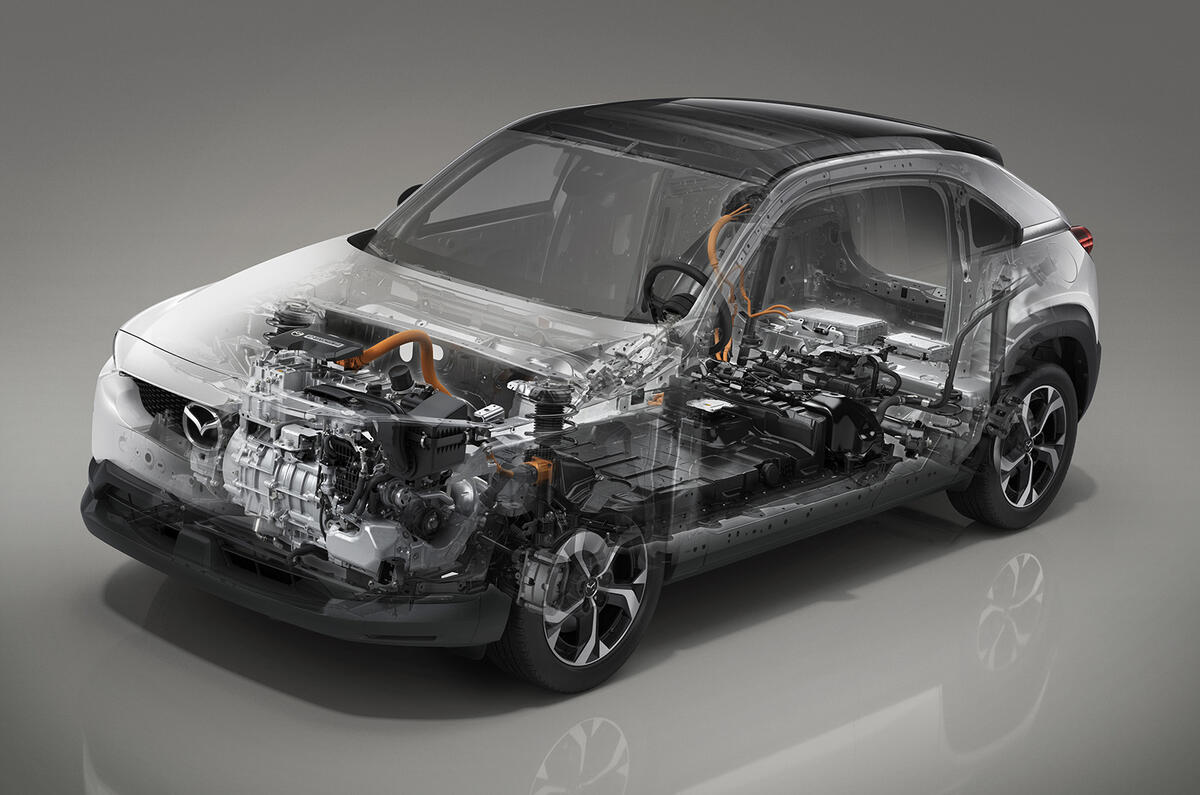

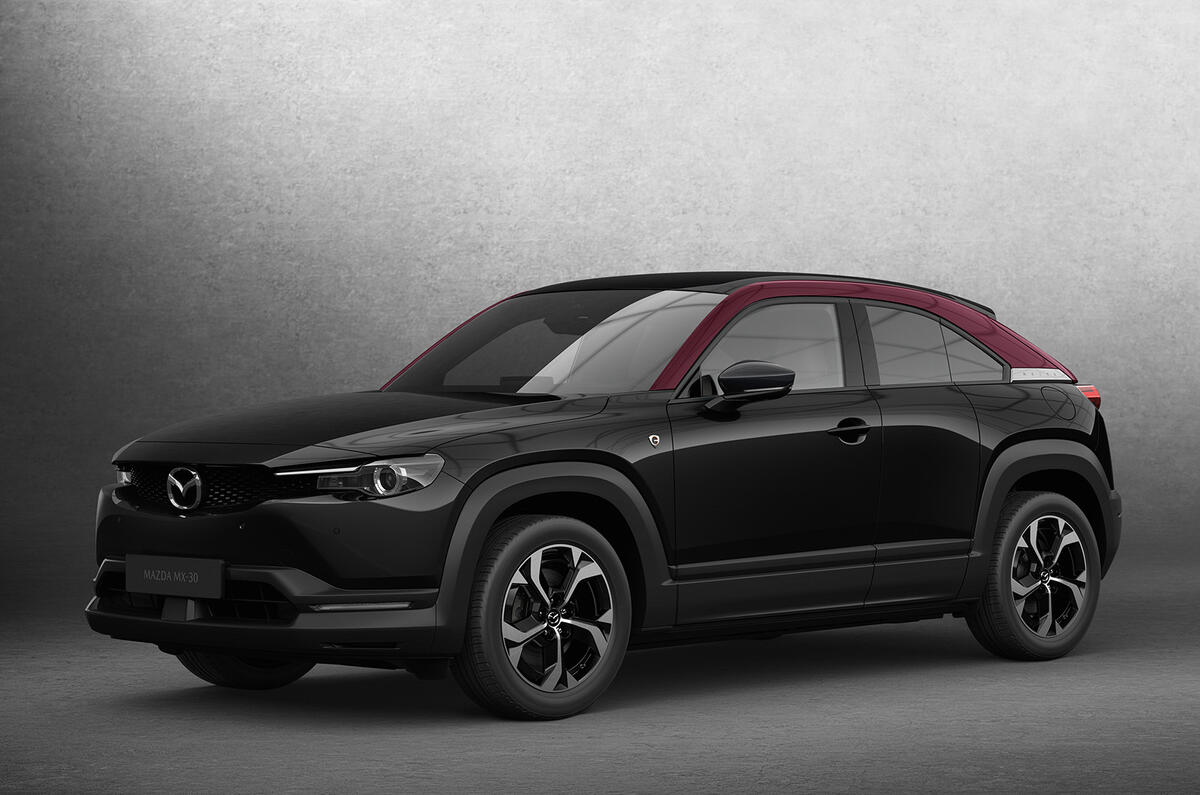
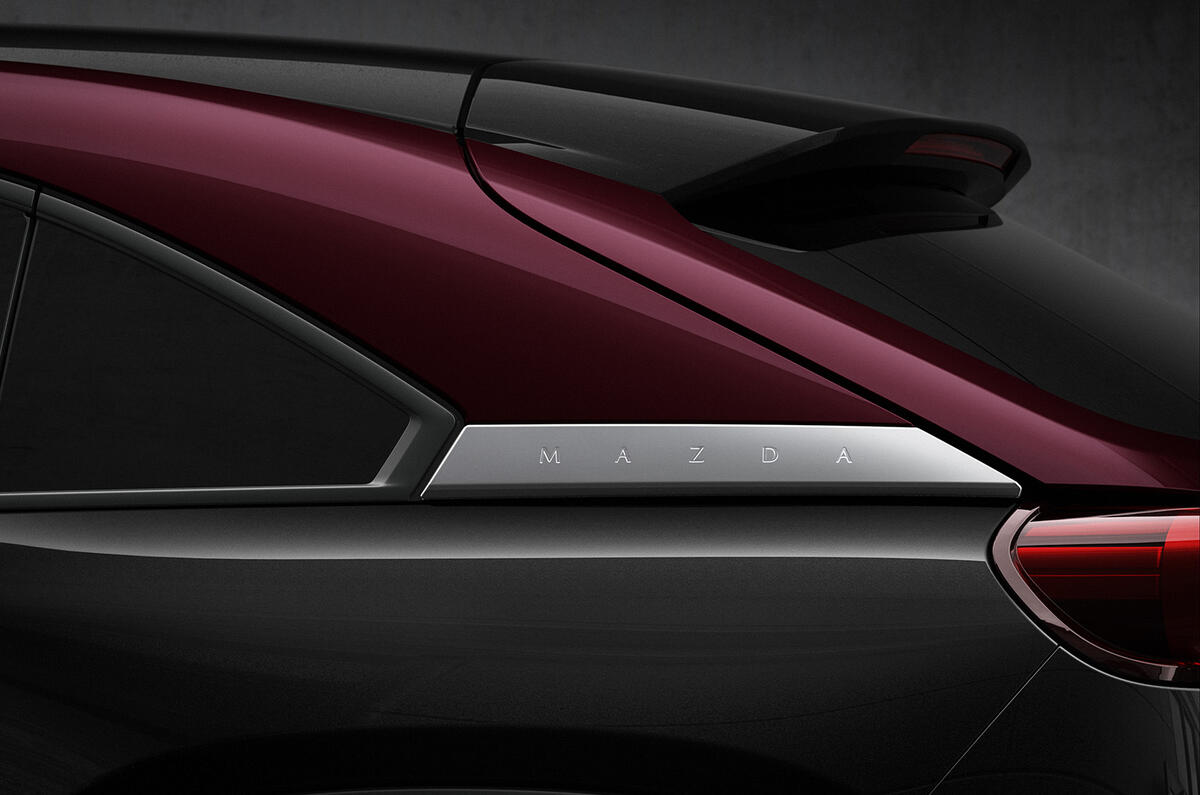
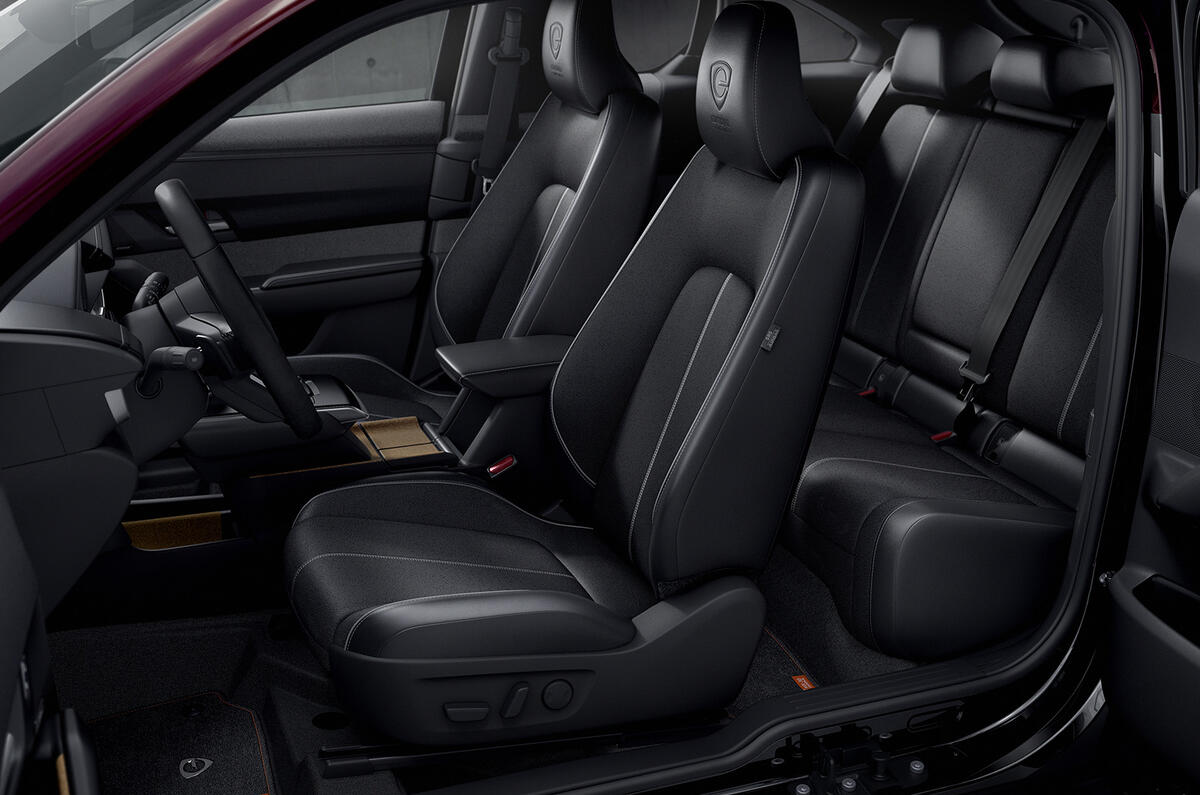

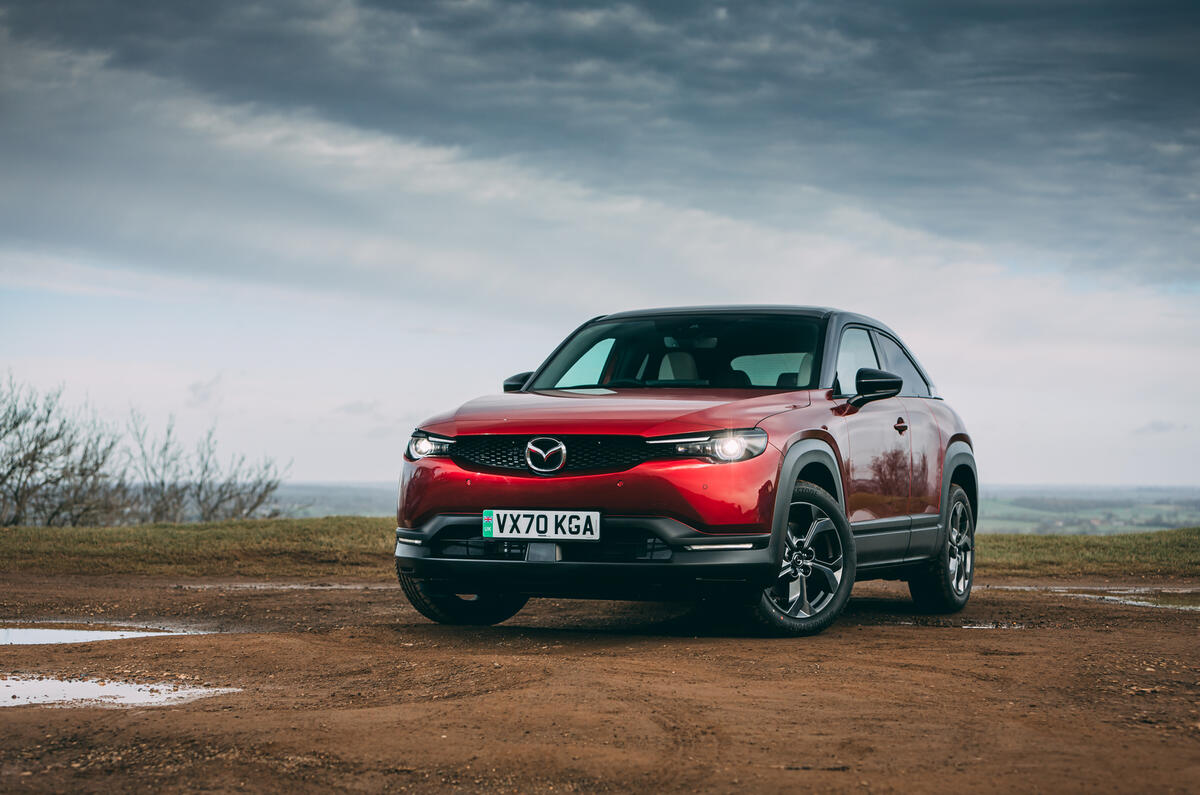
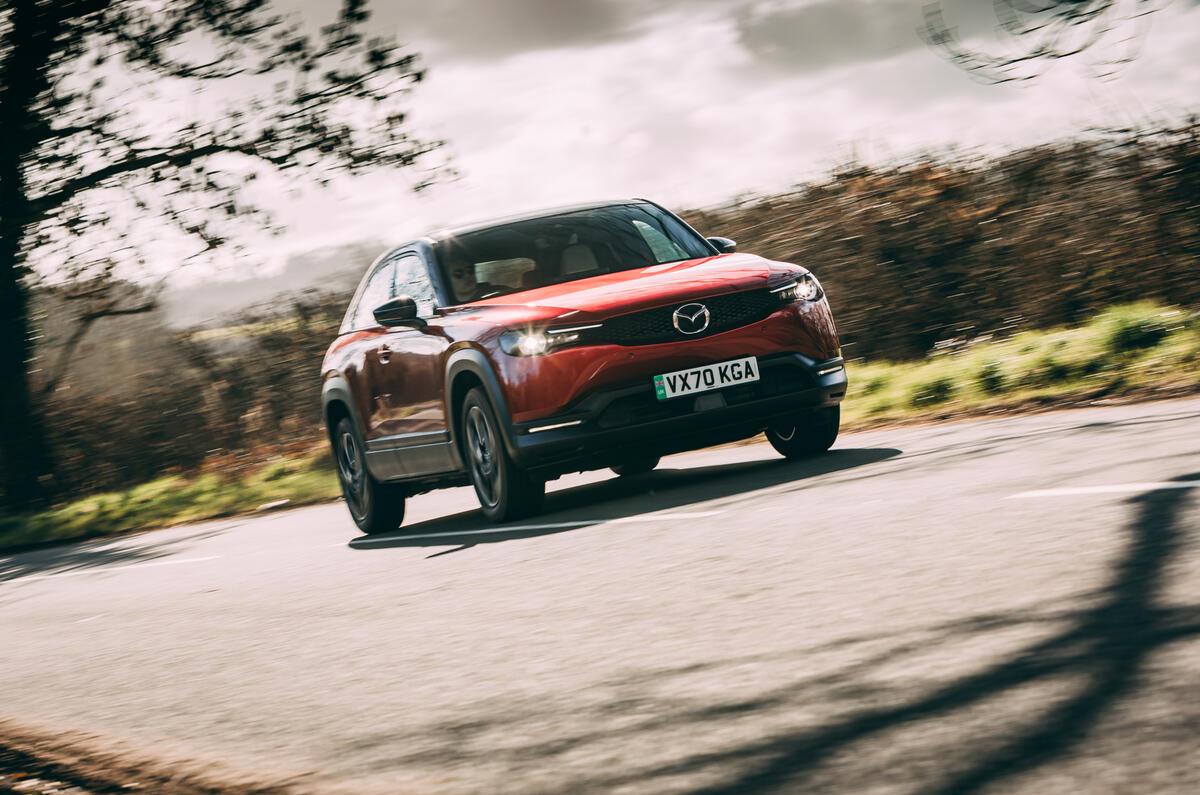
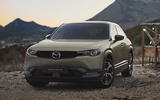


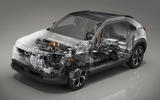

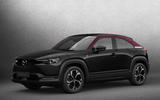
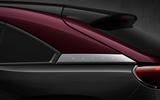

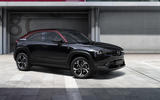
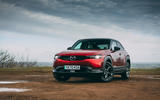
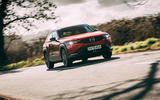


Join the debate
Add your comment
The design intent is that the vast majority of journeys / miles will be relatively local hence these should be covered by the battery range as topped up by a wall charger.
When longer journeys are needed the Rotary engine will be used to top up the main battery, this will eliminate range anxiety and the need to plug in part way through a long journey.
The mpg figure achieved whilst on these longer journeys is always going to be relatively low due to the inefficiencies of carrying the extra weight and losses due to changing energy from one state to another.
Sorry wazook2 but they're calling it a PHEV because you can plug it in to charge it. The others, apart from the now discontinued i3, don't plug in. Hence its unique. It's important but passed you by.